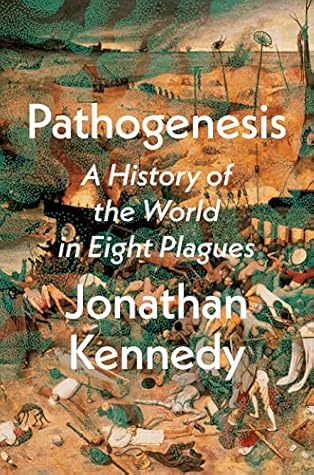The plague returned every few years for the rest of the fourteenth and all of the fifteenth centuries. Epidemics became less frequent and widespread after 1500, but they continued to take a toll.
With such a reoccurring plague, why did European societies not develop protocols to protect its citzens?
Like the pandemic seen in 2020, it could have been feasable for kingdoms to seal their gates from trade at the first rumors of its spread.
As well, a kingdom could raise taxes (which was not uncommon) and purchase land or construct buildings to house the sick- this would have the dual effect of making it "appear" like the nobility cared for its people and have the added bonus of "disposing" the sick outside major city centers.
At the very least, curfews could have been placed on people living within major city centers. A local guard or a volunteer force of citizens (who would be paid) could be called upon to enforce it.
While it seems brutal from today's standards, it would not have seen as entirely inhumane by that time's standards.


